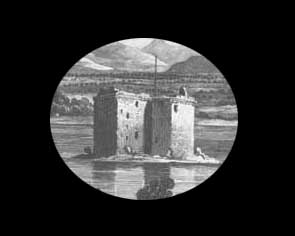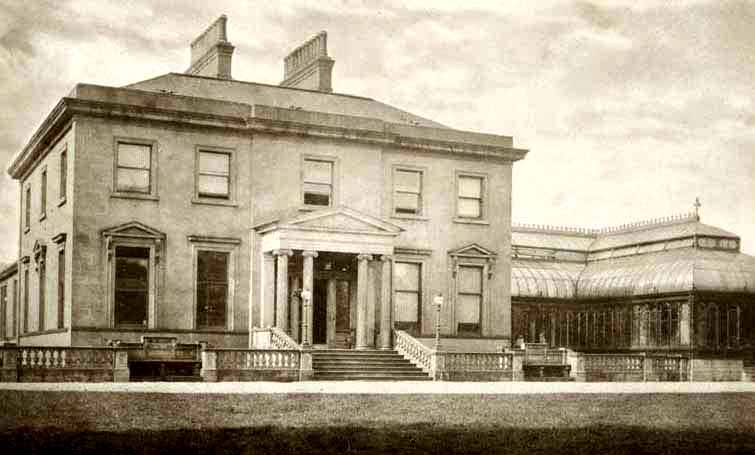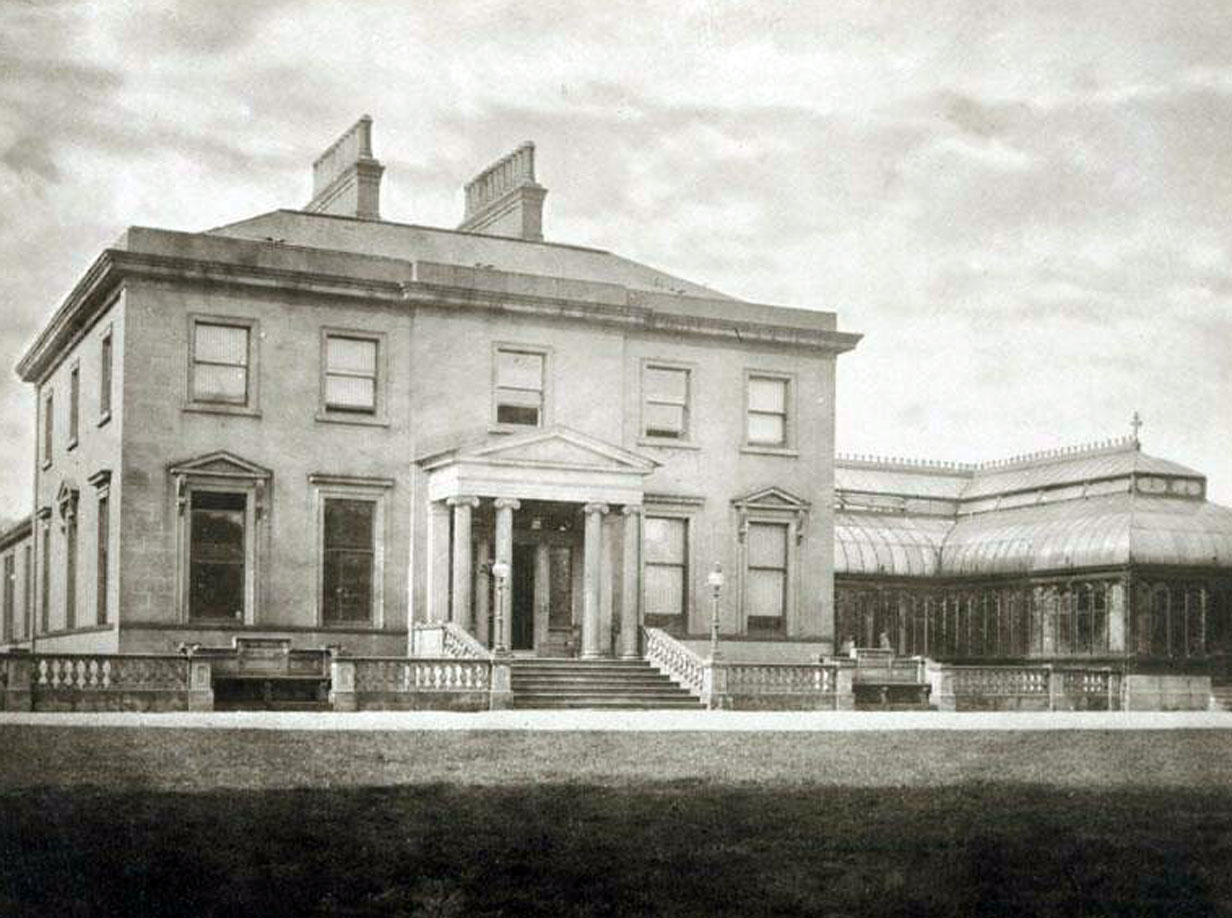
Photograph by
Thomas Annan
Kilnside House, a large
mansion standing within extensive grounds in
Seedhill Road, Paisley (opposite the end of east
End Park) was built in 1836 by Joseph Whitehead,
and altered and extended in the 1880s by its then
owner, Stewart Clark. The photographer Harry
Bedford Lemere was commissioned to photograph the
gardens in 1890. You can see his work here.
Stewart Clark won the
Paisley parliamentary by-election held in
February 1884 but in Sept 1885 announced he would
not be standing for Parliament again citing
pressure of business commitments.
Here is a history of the Clark family's Anchor Mills and the house.
In the late 18th
century, the brothers Peter and James Clark
worked independently, as manufacturers of twine
for heddles, and as weavers' furnishers,
providing the weaving trade with items such as
reeds and shuttles.
Around 1806, the weaving
business was hit by Napoleon's Berlin Decree,
banning exports to Great Britain. This situation
prompted Peter Clark to experiment in producing
heddles of cotton instead of silk - the embryo of
what was to become the successful business of the
Clark family, who began manufacturing cotton
thread on the north side of the River Cart, close
to the Hammils in 1812. In the early days, thread
would be wound on pirns for the price of five
pence, which was redeemable on the return of the
empty pirn.
In 1819, the elder James
Clark retired and he sold the business to his
sons James, junior and John. Together they formed
the company of J & J Clark, and worked hard
to build a profitable industry. They retired in
1852, and the business was left in the hands of
James Clark of Ralston, the son of John.
Expanding rapidly, it was necessary to employ his
brothers John and Stewart.
Other branches of the
Clark family set up thread companies in the town
and in a relatively short time amalgamated with
Clark & Co. These included Kerr & Co of
Underwood, Carlile and John Clark, Junior of Well
Street. The Countinghouse of the latter can still
be seen at the corner of Well Street and
Clavering Street, recognised by the '£' sign
visible on the stonework. This was a time of
great expansion and by 1880, Anchor Mills was
running over 230,000 spindles and employing over
3,500 workers, who were producing about 15 tons
of finished goods each day.
Kilnside House, which
had been the home of the Stewart Clark family,
became part of Anchor Mills in 1911. It was used
as a canteen and when the extension was built in
1916, it could seat 800 of the workforce at one
time. It was sold in 1985 and became a snooker
club. It was mysteriously razed to the ground by
fire in the mid-1990s and the ground sold to a
developer and is now home to blocks of flats.
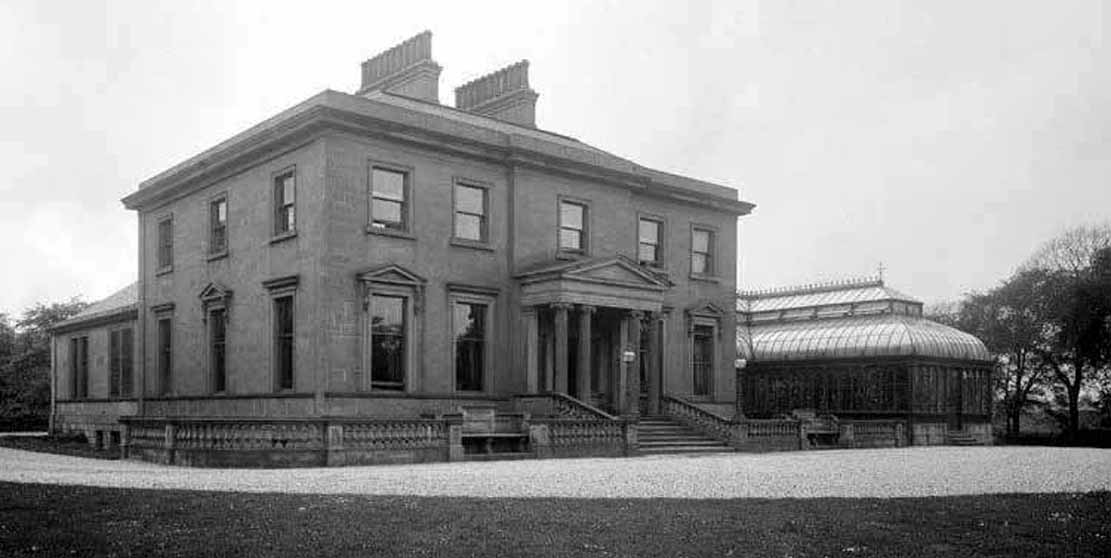
Stewart Clark had already moved to a much grander
residence, Dundas Castle in 1899. This is what its
website says about him.
Then in 1899 Stewart
Clark, the Great Grandfather of the present owner
Sir Jack Stewart-Clark, acquired Dundas Castle
with five farms and 1500 acres of agricultural
land. Stewart Clark was one of the Victorian
titans of industry. He, together with his four
brothers, had taken over from his father and
uncle a small sewing thread business at the
Anchor Mills in Paisley. During the lifetime of
the formidable brothers they grew the business
into one of the most profitable textile concerns
in Great Britain with factories all over the
world. Stewart Clark also became Deputy Lord
Lieutenant in the County of Renfrewshire, was a
Member of Parliament for Paisley and was
respected for being a great philanthropist.
He was given the freedom of the Burgh of Paisley in 1902.
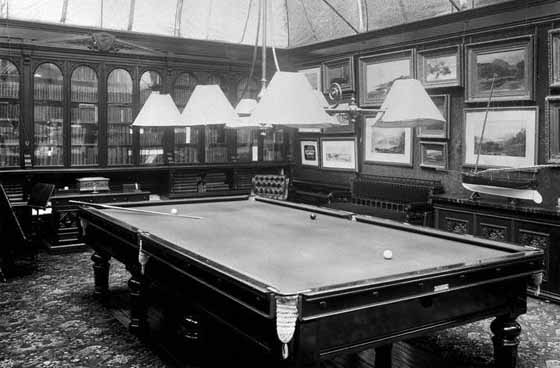
Millar A H (1889) The castles and mansions of
Renfrewshire and Buteshire
The mansion of Kilnside is the seat of Stewart
Clark, Esq., and is a little to the south-east of
Paisley. The building was erected by the late
Joseph Whitehead, Esq., about fifty years ago,
but it has been very much extended and improved
by the present proprietor. The front elevation
presents a well-proportioned appearance,
undisfigured by meretricious ornament. Access is
obtained to the hall by a short flight of steps
leading to the doorway under an elegant pillared
porch. A very large conservatory forms an
exterior wing to the house. It may be entered
either from the drawing-room or from the lawn,
and is filled with a splendid collection of rare
exotics. In the interior decoration of the
mansion stained glass has been introduced with
much effect, one of the rooms having a series of
full-length classical figures executed in this
material, and grouped together in panels.
Stewart Clark, now of Kilnside, is one of the
partners of the well-known firm of thread
manufacturers in Paisley, and at one time
represented the burgh in Parliament.
|
